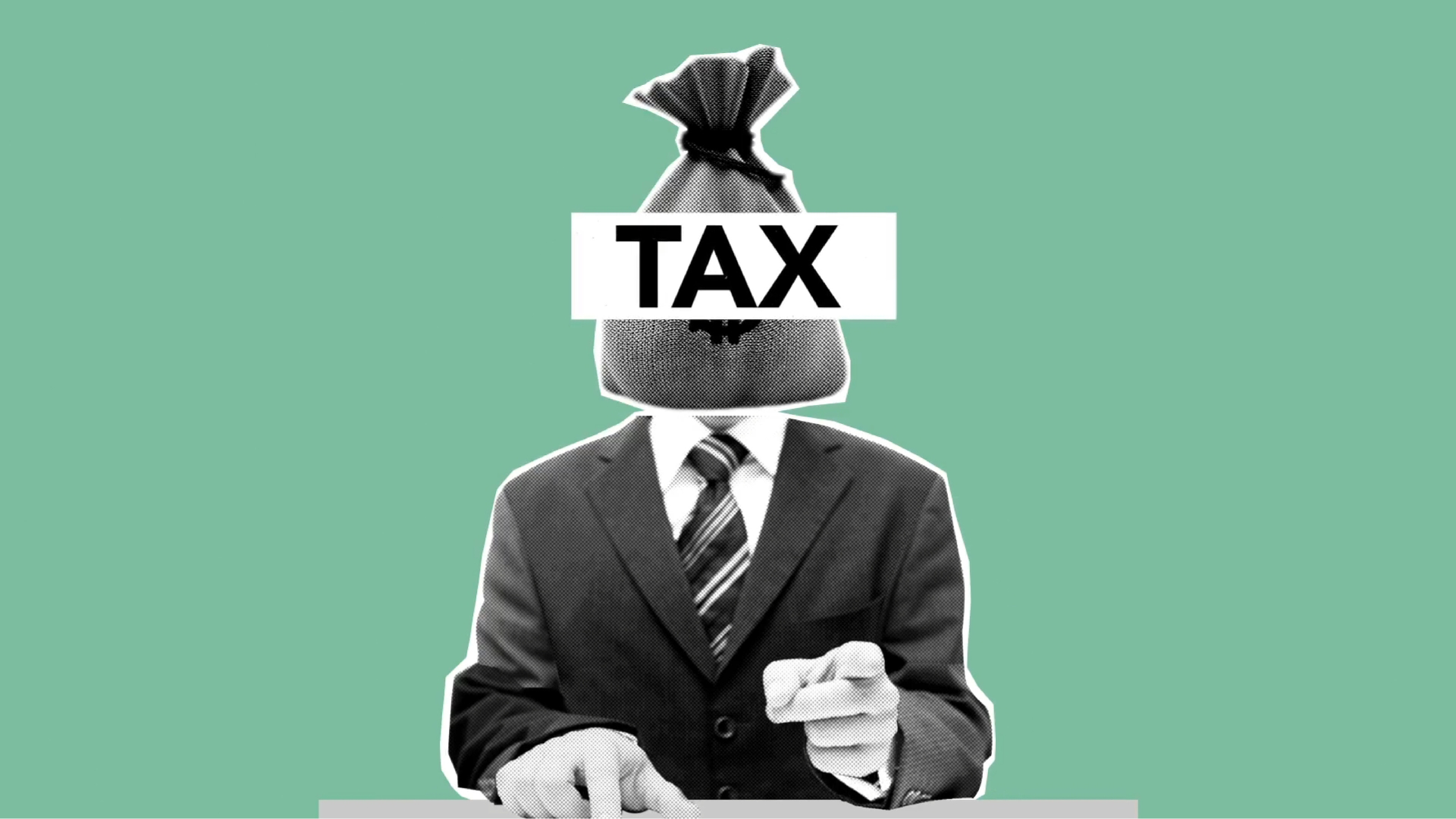How Can You Navigate The 2021 Tax Season?
Each tax season is unique. There are some new tax rules or technologies to navigate every year. But, 2020 is likely to be in the record books because of its changes in:
- Loans
- Rules
- Tax deadlines
- Stimulus payments
As if these challenges were not enough, companies were navigating it with a record number of the employees who work from home.
Some Expected Trends Of The 2021 Tax Season
Here are some of the expected trends of the 2021 tax season:
1. The tax changes will make for an intriguing filing season
The tax reform changed the U.S. income tax code a few years ago, affecting companies and individuals virtually and complicating the filing season as professionals and taxpayers adjusted to the new tax rules and rates.
The 2021 tax season is expected to be similar. Pandemic relief legislation passed in 2020 will significantly affect income and payroll tax filings for companies in the 2021 tax year. Employers will have to navigate:
- New retention credits
- Delays in the payment of Social Security taxes
- Forgiveness on the Paycheck Protection Programs (PPP) loans
Staying on top of the changes and preparing for their impact on the 2020 tax filings is necessary. Many employees are working virtually, and they can be residents of a different state than their employers, which could affect the company's withholding, state income taxes, and unemployment insurance.
2. Technology adoption will continue accelerating
Some finance departments and accounting firms have resisted shifting their critical data and systems to the cloud for years. Among those on the cloud, only a few pushed the adoption of cloud-based systems onto their customers and suppliers. It is now changing because of the COVID-19 pandemic.
In the last tax season, several companies had to send employees into offices to open mail or create lanes in their lobbies so customers can enter and exit when dropping off or picking up documents. In a crisis, companies have to do whatever it takes to get their work done. As the pandemic continues, more companies would implement technologies that allow customers to securely share information digitally.
3. Flexible working and remote working will continue
The COVID-19 pandemic forced companies to switch to remote working overnight virtually. Though the migration went quite well, it will likely take longer than most companies predicted initially.
Following a survey by Willis Towers Watson, employers expect 19% of their employees to continue working virtually full-time post-COVID. It is about half the percentage of employees working virtually in July 2020 (44%), but almost three times 2019's percentage (7%).
Companies have developed the tools and technologies to make remote working successful structurally. But, several companies still have to adapt leadership styles to this new way of working from home. Employers should also focus on employees' wellbeing as the employees continue to face:
- Stress
- Burnout
- Blurred boundaries between work and home
- Balancing work with childcare and homeschooling
Conclusion
You can learn many lessons from 2020, but companies would continue to examine what their employees and customers need and then plan for the future. By keeping these three essential perspectives in mind, you can figure out how to navigate the 2021 tax season as efficiently and smoothly as possible.
Contact us today, at Cartier CPA's our goal is to provide clients with the highest level of respect and quality of service.










